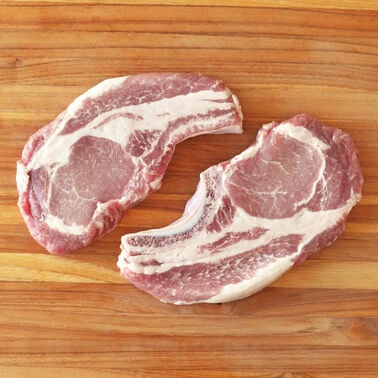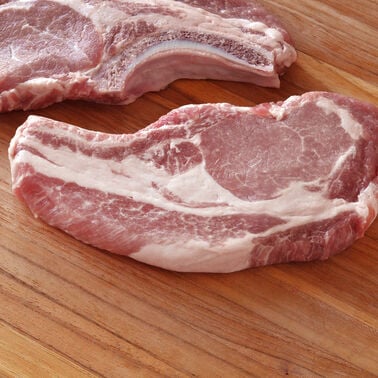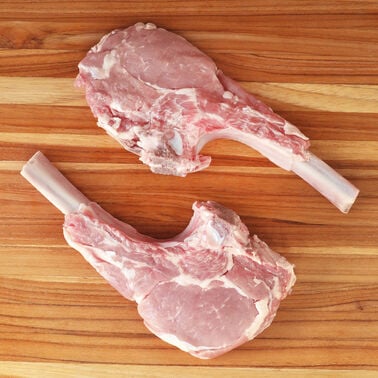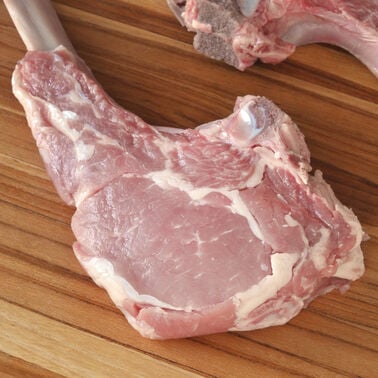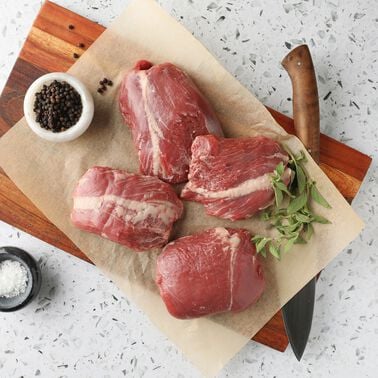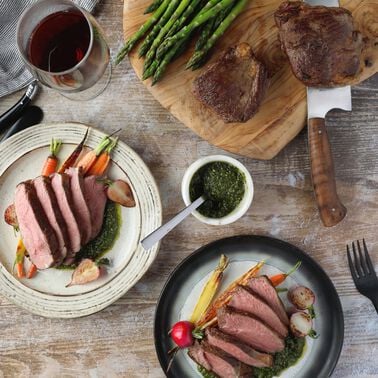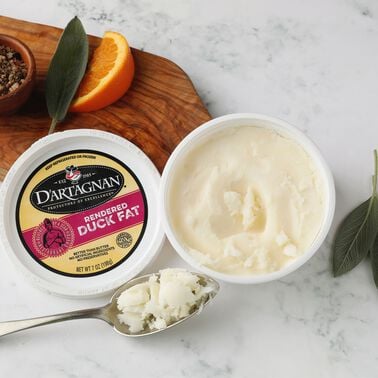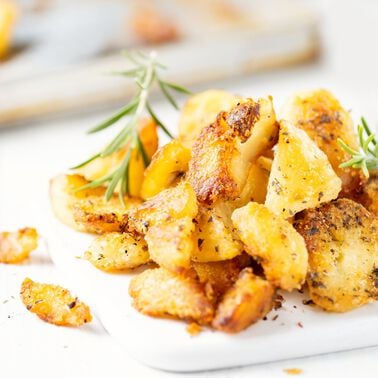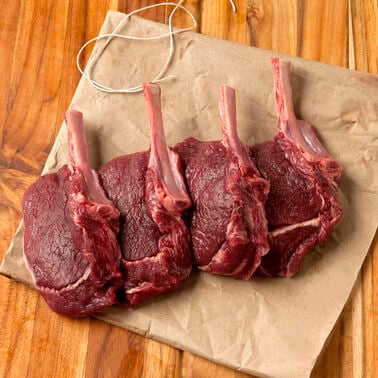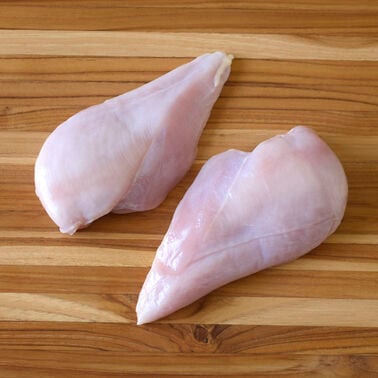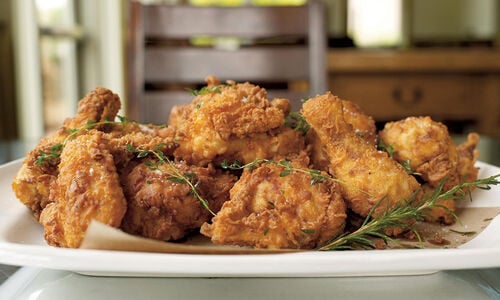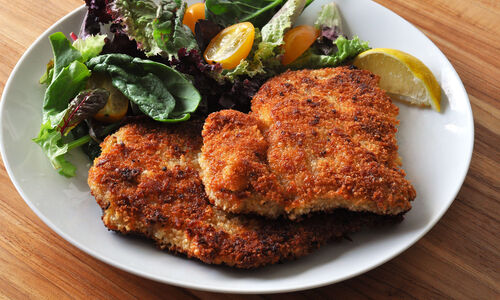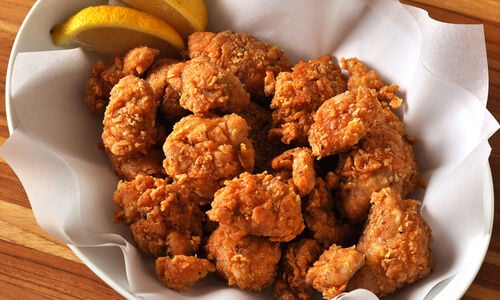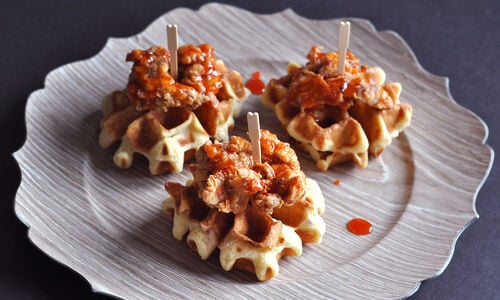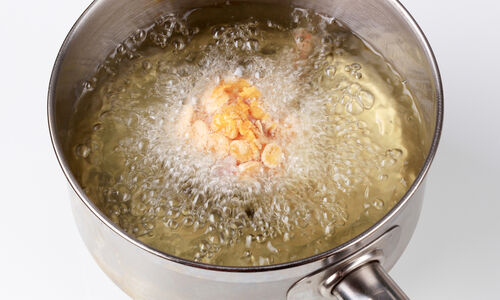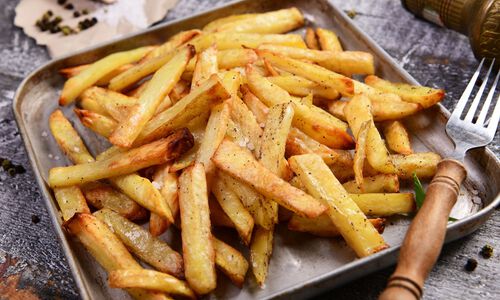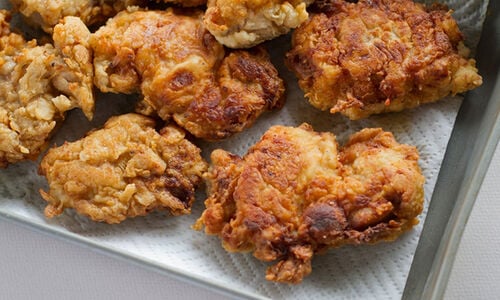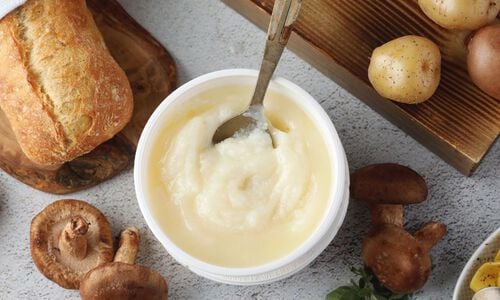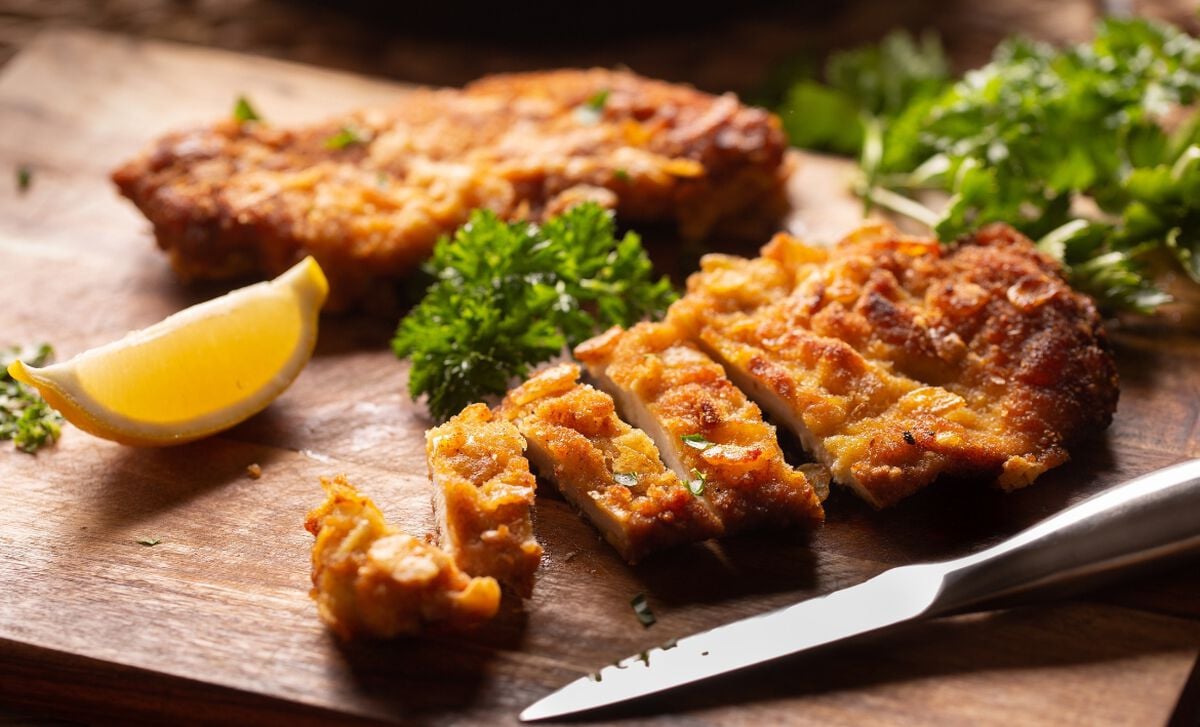
Lose Your Fear of Frying!
There are two basic types of pan-frying, a dry-fry, or sear, and a shallow-fry. The sear requires very little oil and if using a marbled cut, no oil at all. Searing is an excellent way to up your flavor ante as it allows for intense browning and enhanced flavor, aka the Maillard reaction, named after the French chemist who first described it in the early 1900s. This reaction occurs when the meat’s amino acids and sugars merge after being subjected to intense heat. The reaction causes the creation of hundreds of different flavor compounds, which continue to combine and multiply. In the simplest of terms – searing makes meat taste good!
Shallow-frying is different in that more oil is required and it’s a method often used when preparing breaded meats. Think fried chicken, breaded pork chops or Italian style veal cutlets. When shallow-frying, the oil should reach about halfway up the side of the food. The oil creates steam which helps cooks the meat through while the exposed topside allows excess steam to escape and contact with the pan bottom creates greater browning and crisping. Because of the partial coverage, the food must be turned at least once to cook both sides. When shallow-frying it’s also imperative that the heat remains at a constant, high temperature otherwise the breading will absorb the oil and become soggy.
Frying Basics
You don’t need special equipment to pan-fry, just a pan or skillet made from cast iron or heavy-gauge stainless steel, large enough to hold food in a single layer. A pair of tongs or a spatula are also necessary to turn meat and a spatter screen is often useful but optional.
The best cuts for pan-frying are naturally tender and of uniform thickness with a flat, wide surface area, like steaks, medallions, chops, paillards and poultry breasts. You should choose fat with a decent smoke point such as sunflower, safflower, light olive or peanut oil or our favorite: duck fat.
Preheat the pan over high heat then add the oil and continue to heat until shimmering. The meat should make the telltale sizzle when it hits the pan.
Quick Tips
- Remove your meat from the refrigerator at least 20 minutes before you’re ready to cook it to take the chill off and allow for even cooking.
- Pat the meat dry with paper toweling before pan-frying to ensure a nice sear and deep color.
- If breading your meat for shallow-frying, let the coating set up and dry out a bit before cooking
- Don’t overcrowd the pan – you want to fry the meat, not steam it. Fry in batches if necessary.
- Always let your just-fried meat rest before serving.
